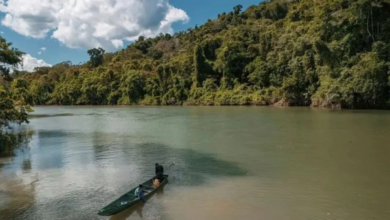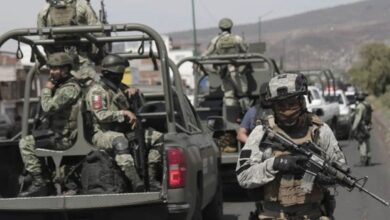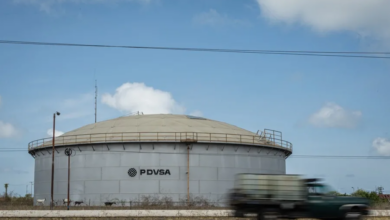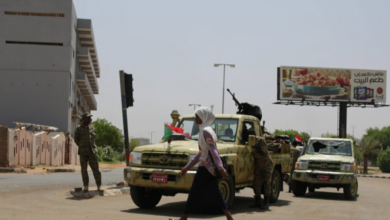What is screening and why does it benefit babies?
Listen this article
The Colombian Congress approved this procedure that looks for metabolic and genetic disorders in newborn babies

The neonatal screening was approved as a public policy in Colombia after the Congress endorsed the bill. In order for this procedure in newborns to become obligatory, it must pass through both chambers and be sanctioned by President Iván Duque.
Leer en español: ¿Qué es el tamizaje y por qué beneficia a los bebés?
What is screening?
The Genetic Testing and Newborn Screening are seven tests that allow early detection of different disabling diseases. Ideally, the procedure is performed between the first 48 and 72 hours of the life of the newborn. According to El Tiempo, "these are tests that, based on blood tests, can detect congenital hypothyroidism, adrenal hyperplasia, phenylketonuria, galactosemia, cystic fibrosis, hemoglobinopathies, and biotinidase deficiency, in addition to seeking blindness and deafness in newborns".
This series of tests would allow the early detection of diseases, which makes it possible to draw a roadmap for the treatment and that babies can receive it in a timely manner. This means reducing infant mortality rates due to this type of disease and improving the quality of life of infants, as well as their families.
Also read: What is Plan País, proposed by Juan Guaidó?
An example of this is the diagnosis of congenital hypothyroidism. If this condition is not detected early, it can cause mental retardation in the baby. The best way to treat the disease is to perform the screening, explains Carolina Rivera, a geneticist for Caracol.
The measure would have priority in low-income families, although it would be mandatory for the birth of any baby.
There are doubts about the approval of screening
Although many have objected to the cost that this procedure will have in the health system, many others consider it an investment. This is because some of the diseases that identify screening are costly in financial terms.
You may be interested: Not lifting your baby when he or she cries can be a mistake
The representative to the Chamber, Maria Margarita Restrepo, in statements collected by El Tiempo, said that "the economic projections we have today support the project, not only financially but socially. The idea is that we advance to a health system of healthy people, in which they can prevent deterioration, death and fatal outcomes. "
Estimates suggest that the cost of screening would be half a billion pesos per year. The test would have a value of $ 80,000 COP and would benefit the 660,000 babies born each year.
In this case, what's more important should be put on the scale: money or health. This is what Restrepo believes, who explains that "every week 168 children died because of the diseases that would now be included in the screening".
LatinAmerican Post | Marcela Peñaloza
Translated from "¿Qué es el tamizaje y por qué beneficia a los bebés?"





